Purple is a color of royalty and prestige and has a rich history spanning centuries. From the British Crown Jewels’ iris decorations to the Byzantine rulers’ purple ink, the color has signified majesty, honor, and aspiration.
In this article, we will take you through the symbolism of purple flowers, their history, and cultural significance.
Purple Symbolism
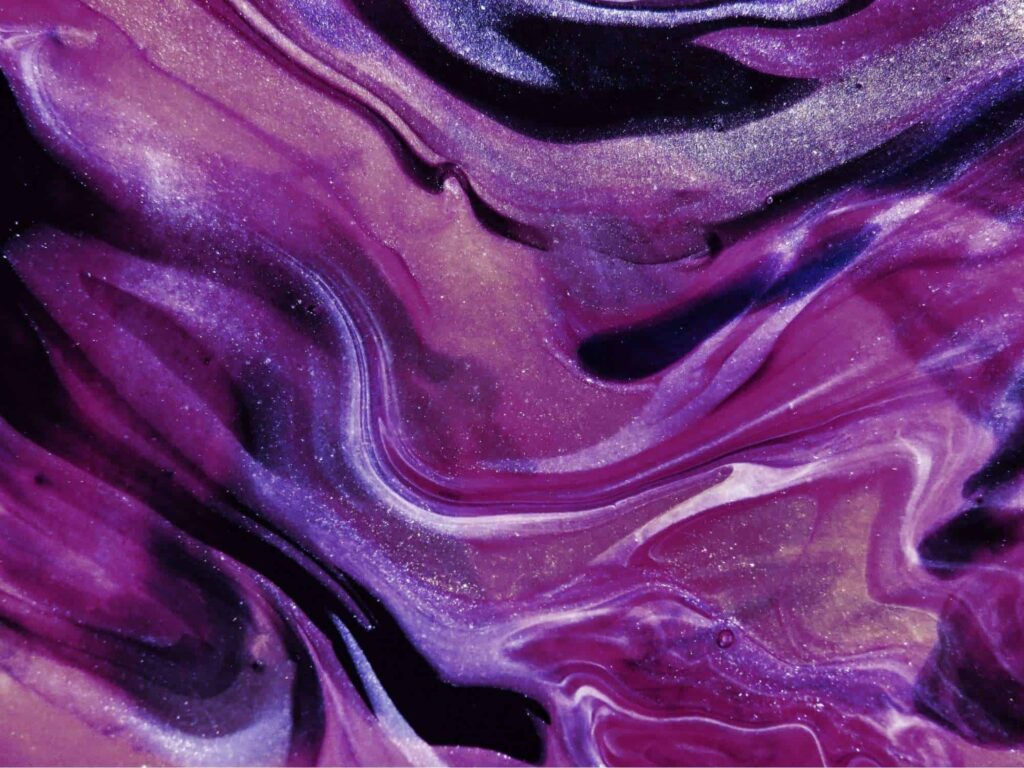

Purple combines the calmness of blue with the energy of red. It’s associated with royalty, nobility, power, ambition, and luxury.
It can also stand for wealth, mystery, wisdom, extravagance, magic, spirituality, and creativity. The color is believed to lift our spirits and soothe our minds.
However, there are also negative symbolisms associated with purple, including excessive extravagance, sorrow, and arrogance.
Purple Flowers and Their Meanings
Purple Lotus
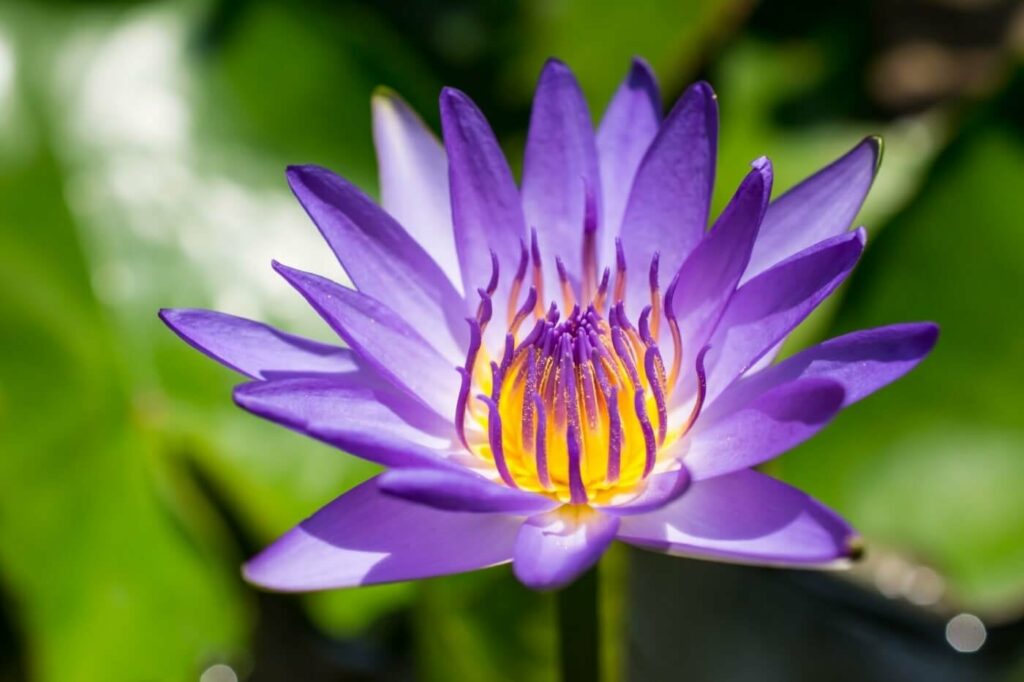

Purple is a rare color of the lotus flower.
Unlike other lotus colors that represent the Buddha or the key aspects of Buddhism, the purple lotus signifies mysticism and spiritual journeys.
Recommended Use: Gifting a purple lotus is a way to encourage someone going through a creative block since this flower is believed to inspire enlightenment and creativity.
Purple Freesia
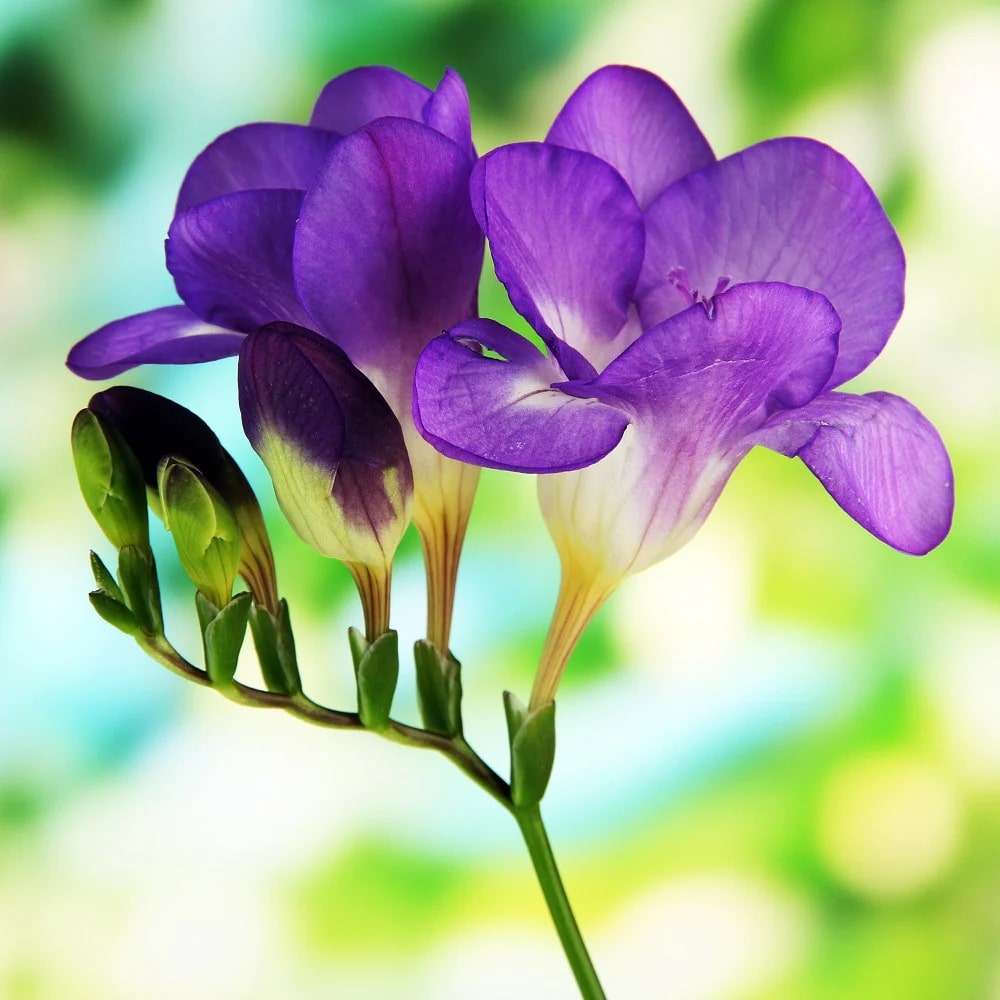

Purple freesia flowers are believed to infuse magic into their surroundings and brighten even the gloomiest spaces. This flower also stands for innocence and friendship.
Recommended Use: Purple freesia flowers are a great gift to uplift someone’s mood or to show appreciation to a friend.
Purple Delphinium
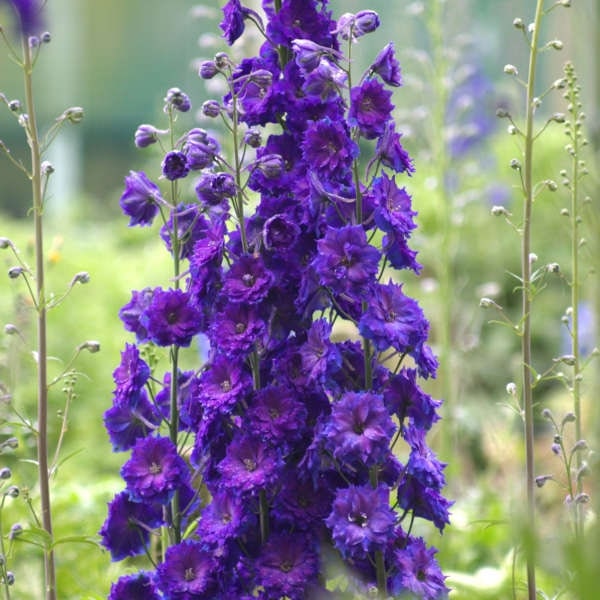

Purple delphiniums represent royalty, beauty, and positive transformations.
Recommended Use: These flowers are excellent gifts on occasions like anniversaries and graduations. They can be used to celebrate personal growth and resilience during challenging times.
Violets
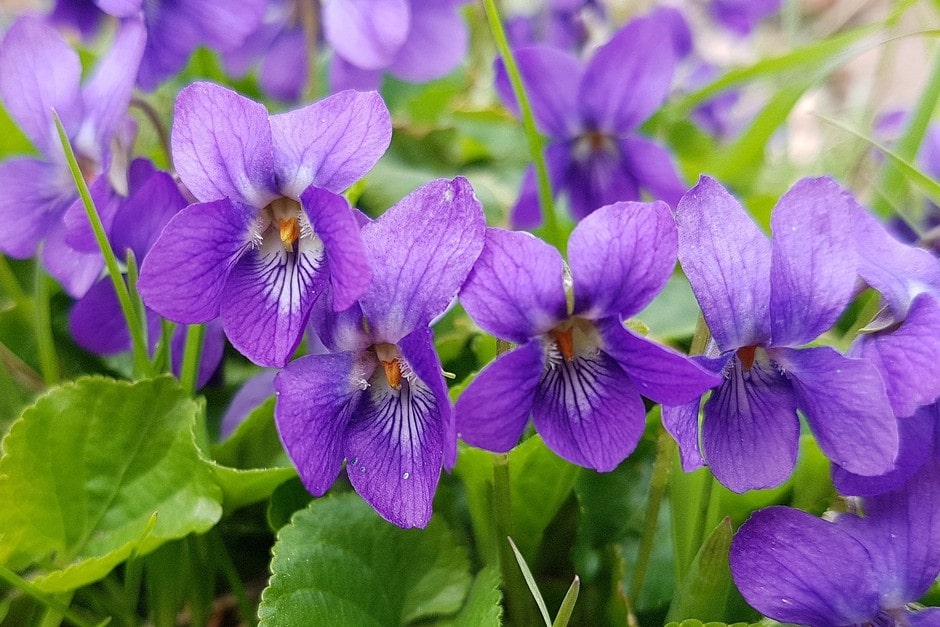

Violets are often found on roadside trails and thrive without dedicated care. That’s why they represent strength, resilience, and bravery during challenging times.
Recommended Use: Violets can be given to loved ones to show support during illness, personal struggles, or times of hardship.
Purple Daisies
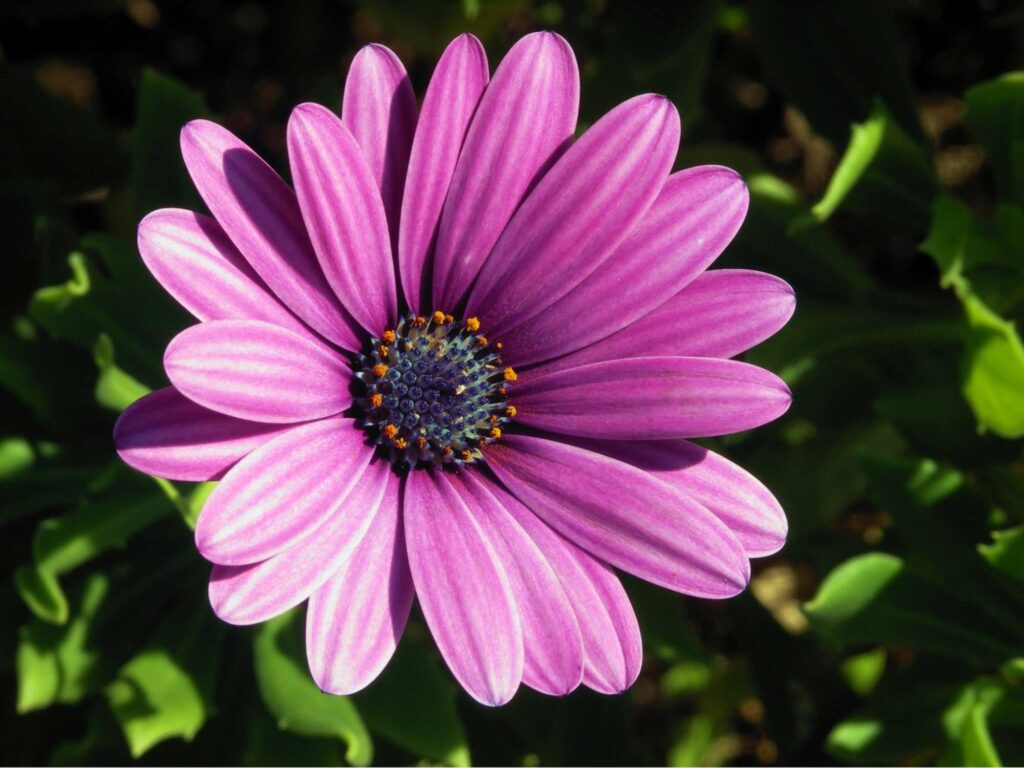

Purple daisies symbolize thoughtfulness.
Recommended Use: Sending a bunch of purple daisies to a friend is a way of letting them know that you remember them and wish to brighten up their day.
Purple Calla Lilies
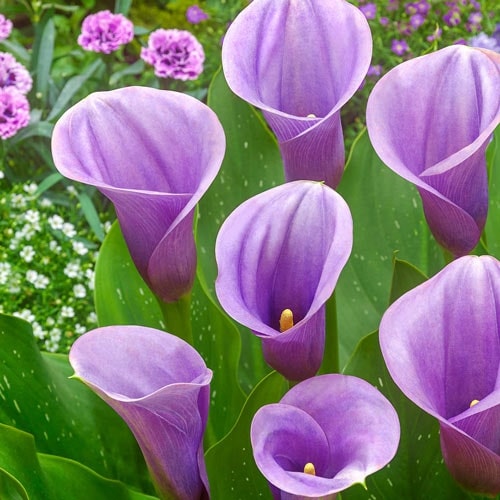

Purple calla lilies signify nobility, luxury, admiration, and enchantment.
Recommended Use: Purple calla lilies are great flowers to give someone to show your admiration to that person.
Purple Hibiscus
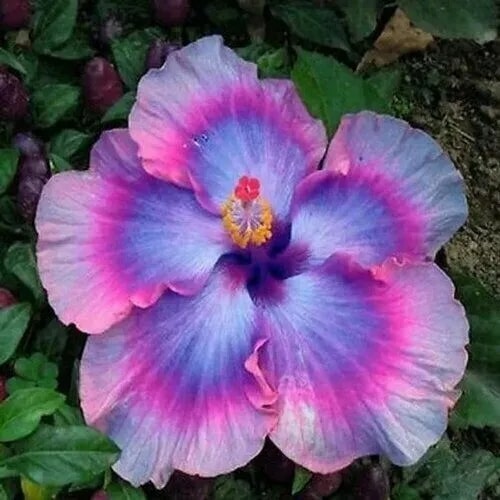

Purple hibiscus flowers are known for their delicate beauty and mystic aura and symbolize love and life.
Recommended Use: Purple hibiscus flowers are ideal for gifting on occasions that celebrate love, such as weddings, anniversaries, or Valentine’s Day.
They can also be given to express admiration and affection to someone special in your life.
Purple Hyacinth
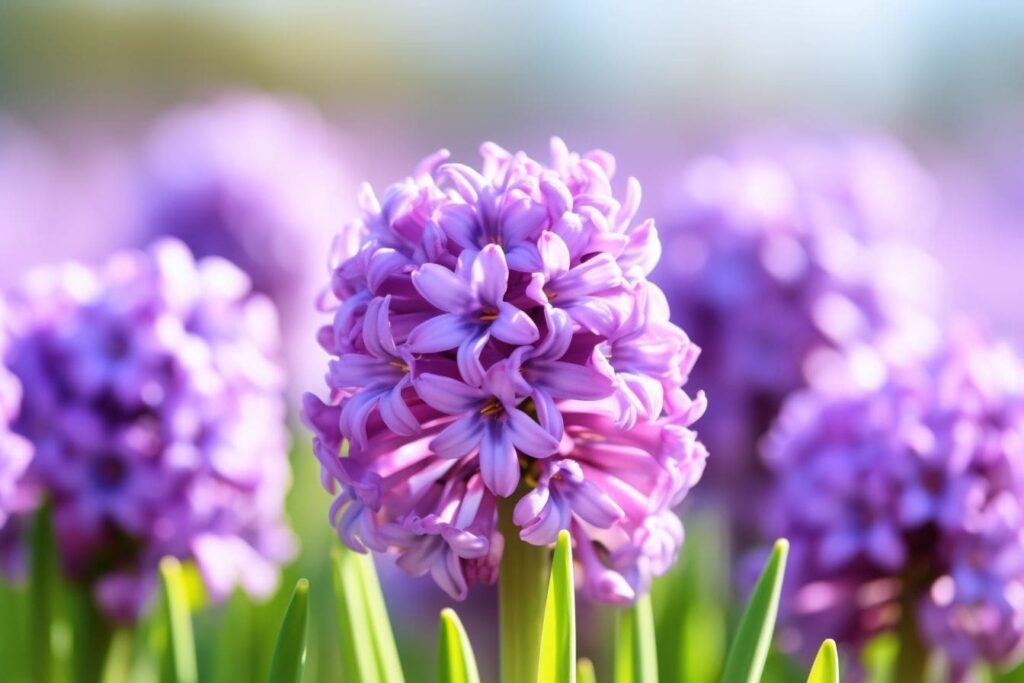

Purple hyacinths are considered flowers of sorrow and apology.
Recommended Use: They are a meaningful choice when you need to convey a heartfelt apology.
Purple Carnation
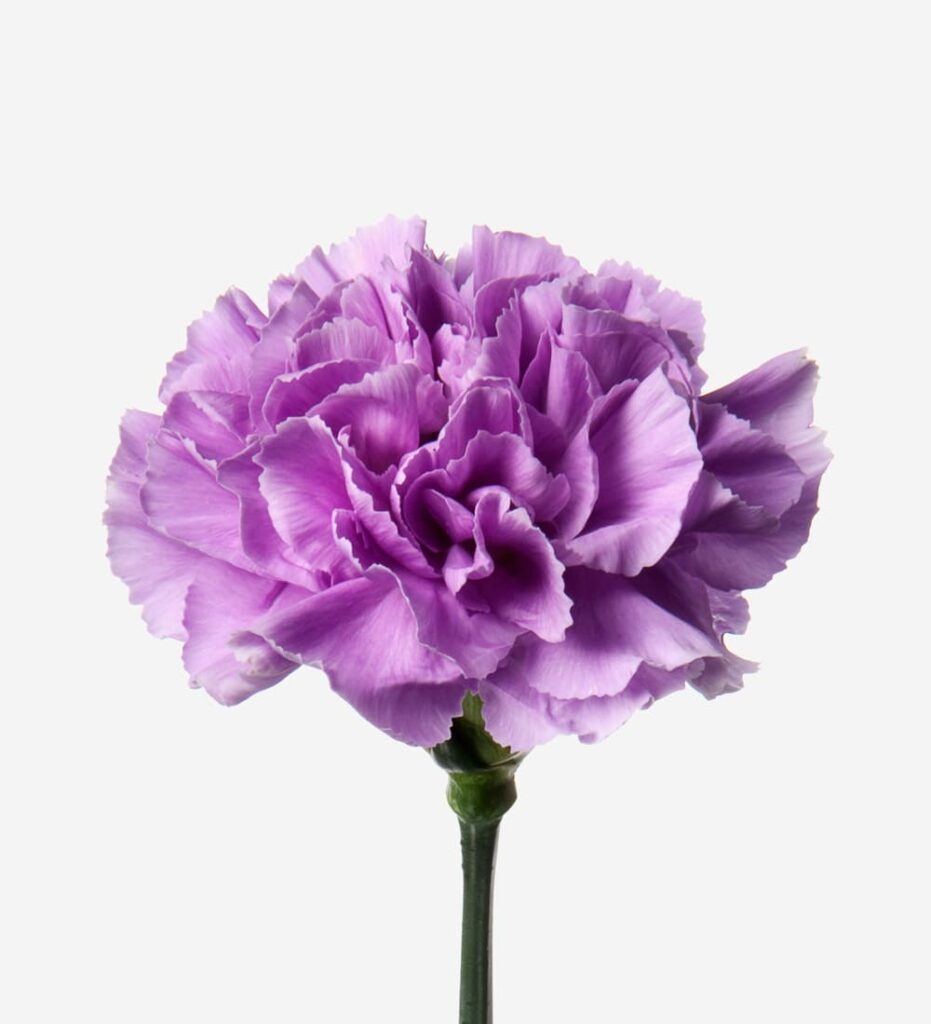

The purple carnation symbolizes spontaneous decisions and impulsiveness.
Recommended Use: Sending purple carnations is a thoughtful choice when you want to appreciate someone’s spontaneity while advising them to be cautious.
Purple Gladiola
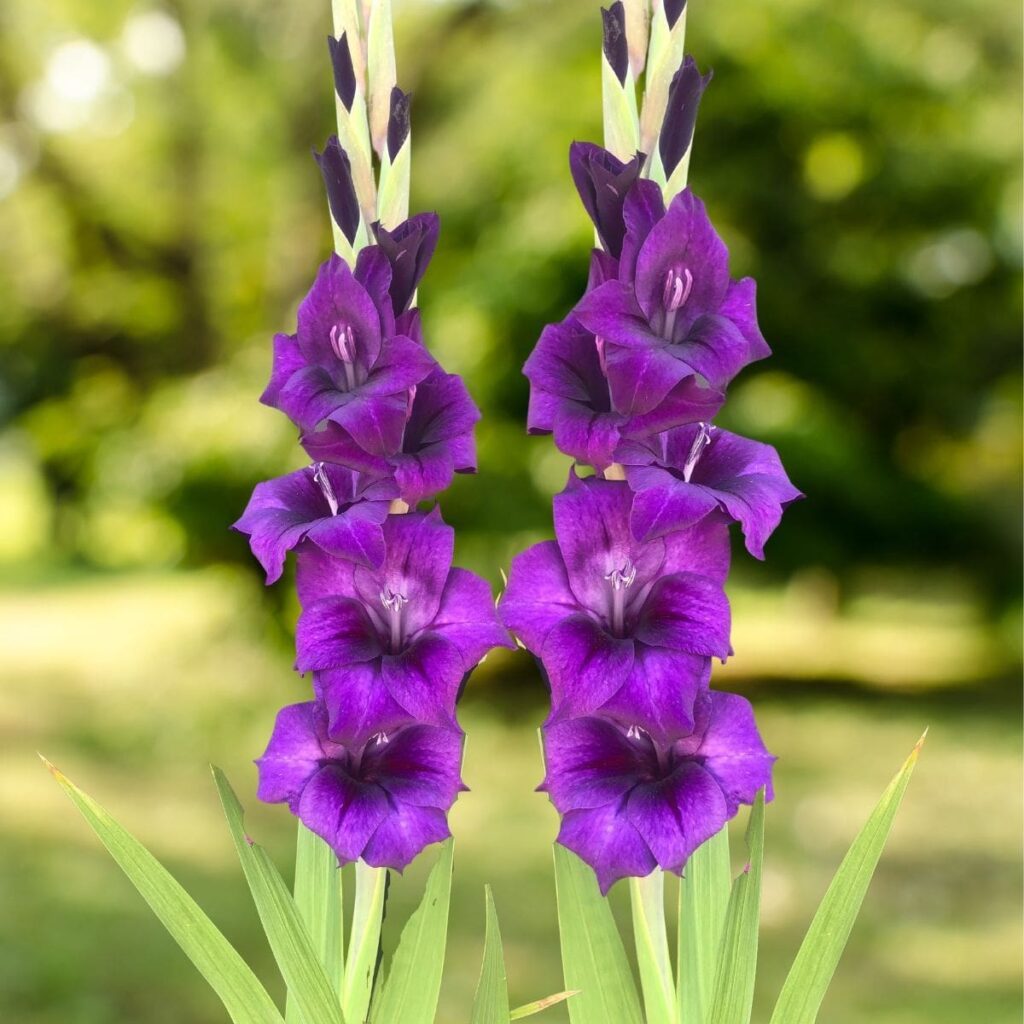

Purple gladiola flowers convey feelings of love and motivation.
Recommended Use: They’re an ideal choice when you want to take your friendship to the next level or express your ambitions and dreams.
Purple Flowers in Various Historical Periods
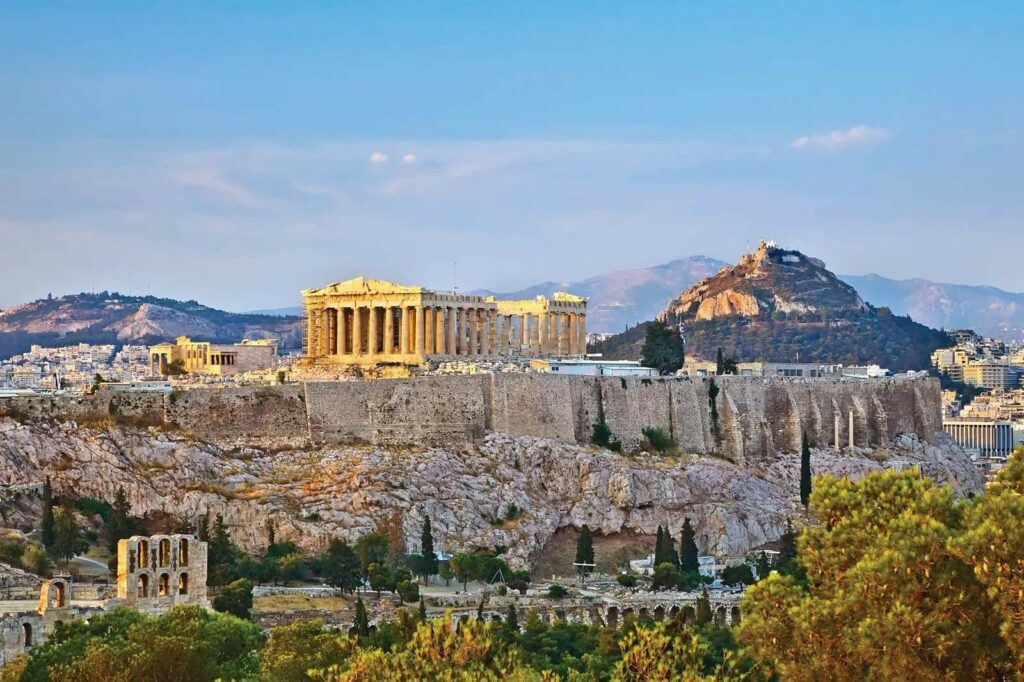

Purple Flowers in Different Cultures
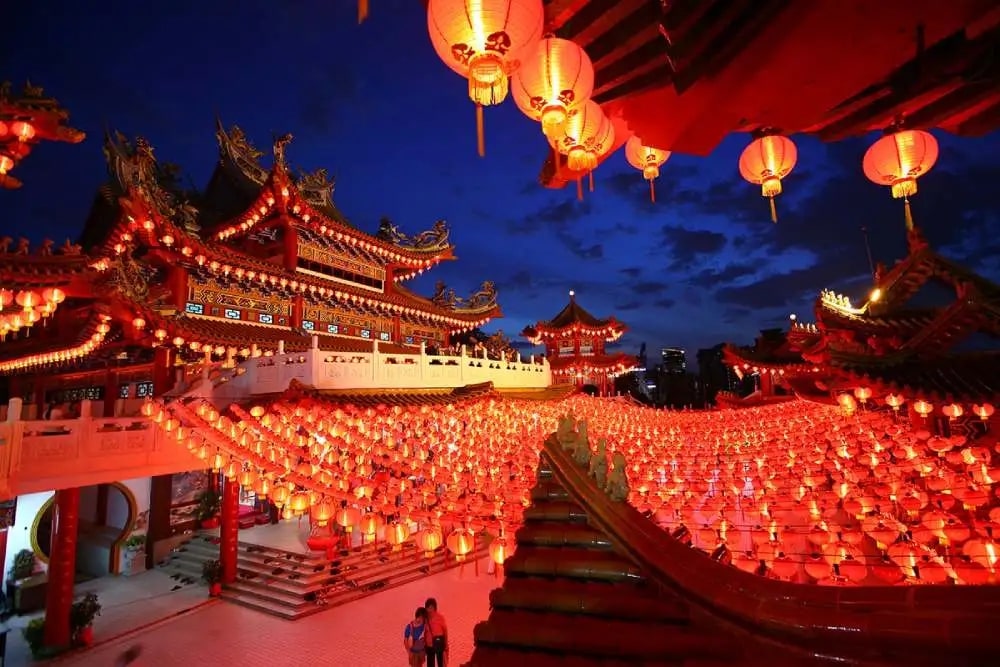

Purple Flowers in Art and Literature
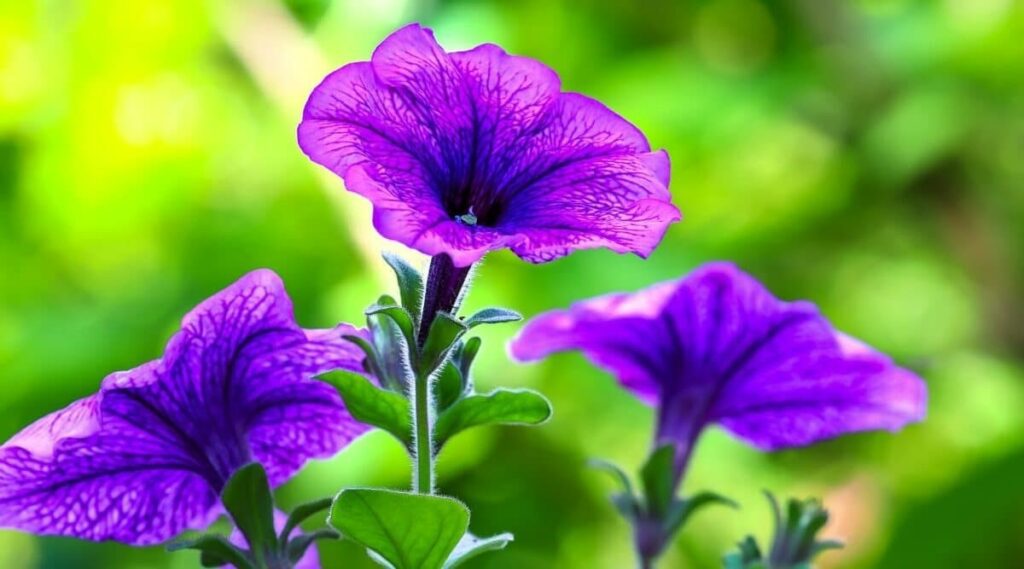

Purple flowers have also left their mark in art and literature. Popular paintings like Georgia O’Keeffe’s Petunias and Vincent Van Gogh’s Still Life with Irises prominently feature purple blooms as their subjects.
The American writer Marita Bonner published a play titled The Purple Flower in 1928. The purple flower serves as a metaphor for racial issues in the United States.
In William Shakespeare’s Hamlet, the character Ophelia conveys her unspoken feelings through purple flowers. She gives the king some columbines so he knows that she is aware of his infidelity and offers rosemary to her brother for him to remember her.



